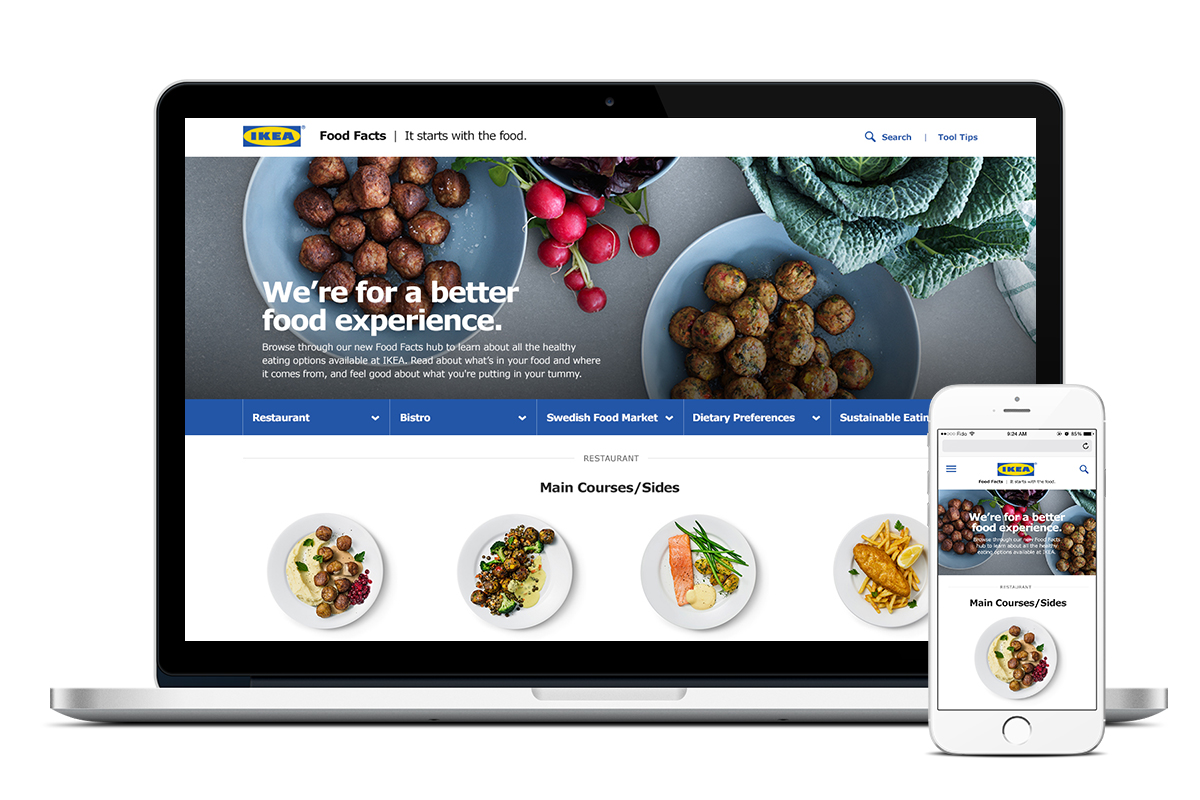
IKEA Food Facts – It All Starts with Food
Designed a browser-based platform to bring nutrition transparency to the forefront of the IKEA food experience — streamlining information access both in-store and online, while supporting IKEA’s mission around sustainability and everyday well-being.Role: UX/UI Design
Creative Director: Fernando Hernandez
Designers: Iris Wu, Trevor Bell
Copywriter: Darya Klymenko
Agency: Leo Burnett Toronto
Client: IKEA Canada
Year: 2015
Designing for Transparency in Everyday Food Choices
As more people care about what they eat, IKEA saw an opportunity to make food information easier to access — whether at home or in-store. We designed a browser-based platform that powered both desktop use and in-store Food Kiosks, helping users make informed choices around ingredients, nutrition, and sustainability.
Grounding Design in Real-Life Behavior
We reviewed the current site and visited IKEA stores to observe how customers actually shop. From scanning labels to navigating dietary needs, we saw that transparency wasn't just a nice-to-have — it was essential.
Quick interviews and on-site observations revealed that:
-
Families prioritized dietary preferences and allergy info
-
Eco-conscious shoppers cared about sourcing and sustainability
-
Many users sought nutrition info for restaurant meals, not just packaged goods
These insights guided our structure and hierarchy — helping us focus the design on what matters most, when it matters.
Cutting Through Clicks to Get to What Counts
The original site’s navigation was clear, but not efficient. It took users three or more steps to access the nutrition tables — the content they cared about most.
We redesigned the experience by replacing multi-step flows with optimized filters, allowing users to get to the right product info instantly — with fewer clicks and less friction.
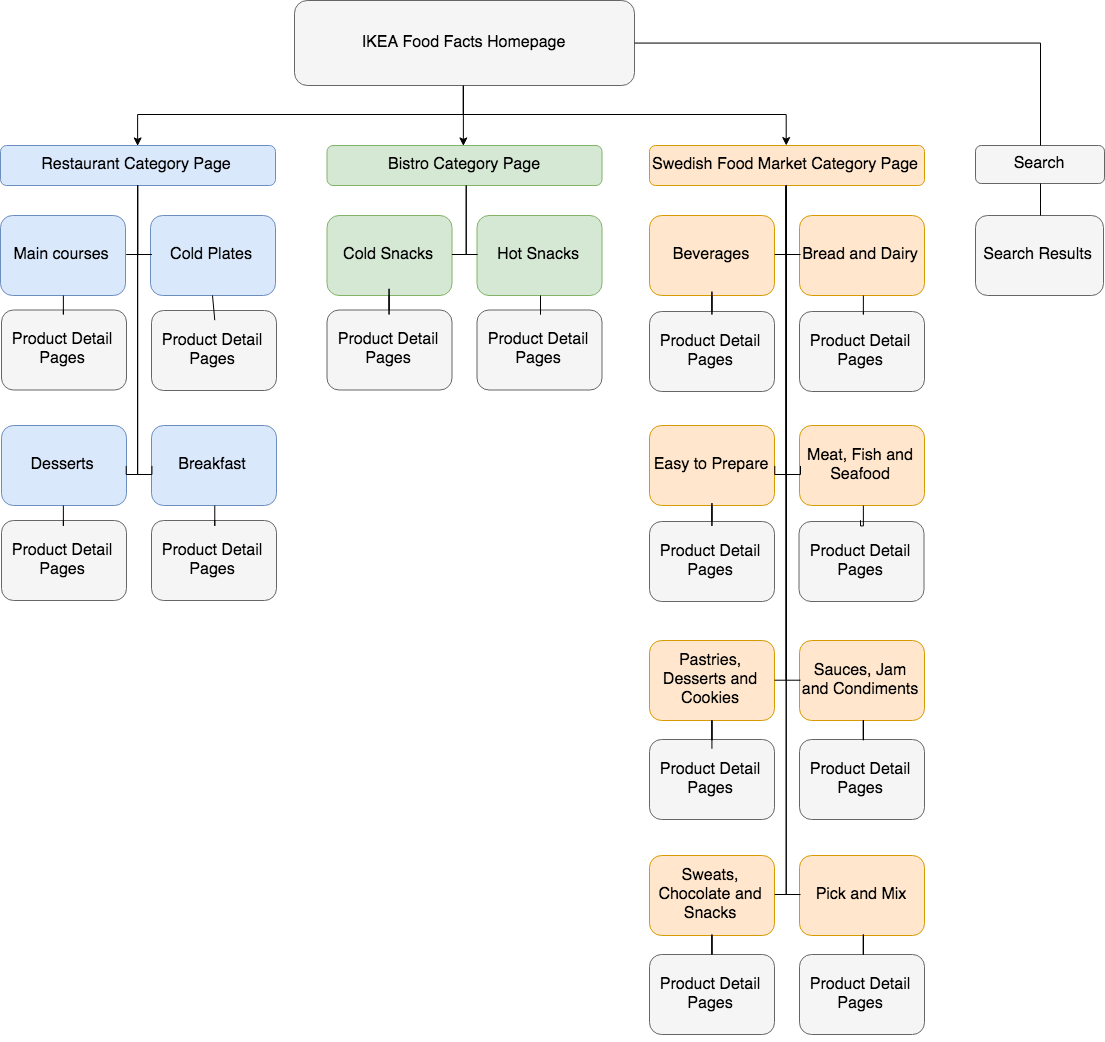

Making Discovery Frictionless and Immediate
We introduced a horizontal filtering and sorting bar that was always visible as users scrolled. This feature made the purpose of the site immediately clear — allowing users to adjust filters and see content refresh in real-time.
The layout also supported a responsive grid, so product thumbnails remained large and scannable across different screen sizes.
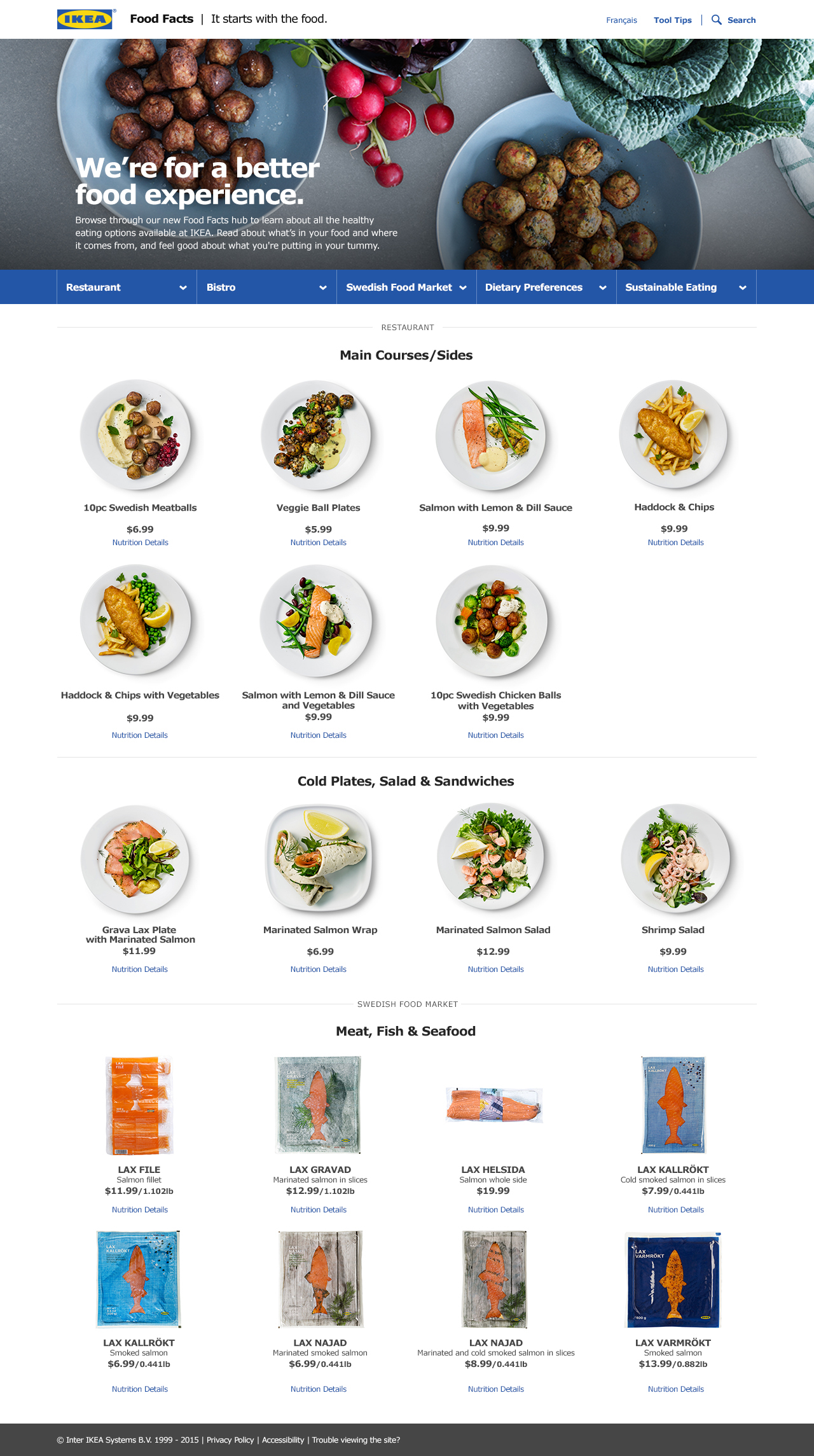
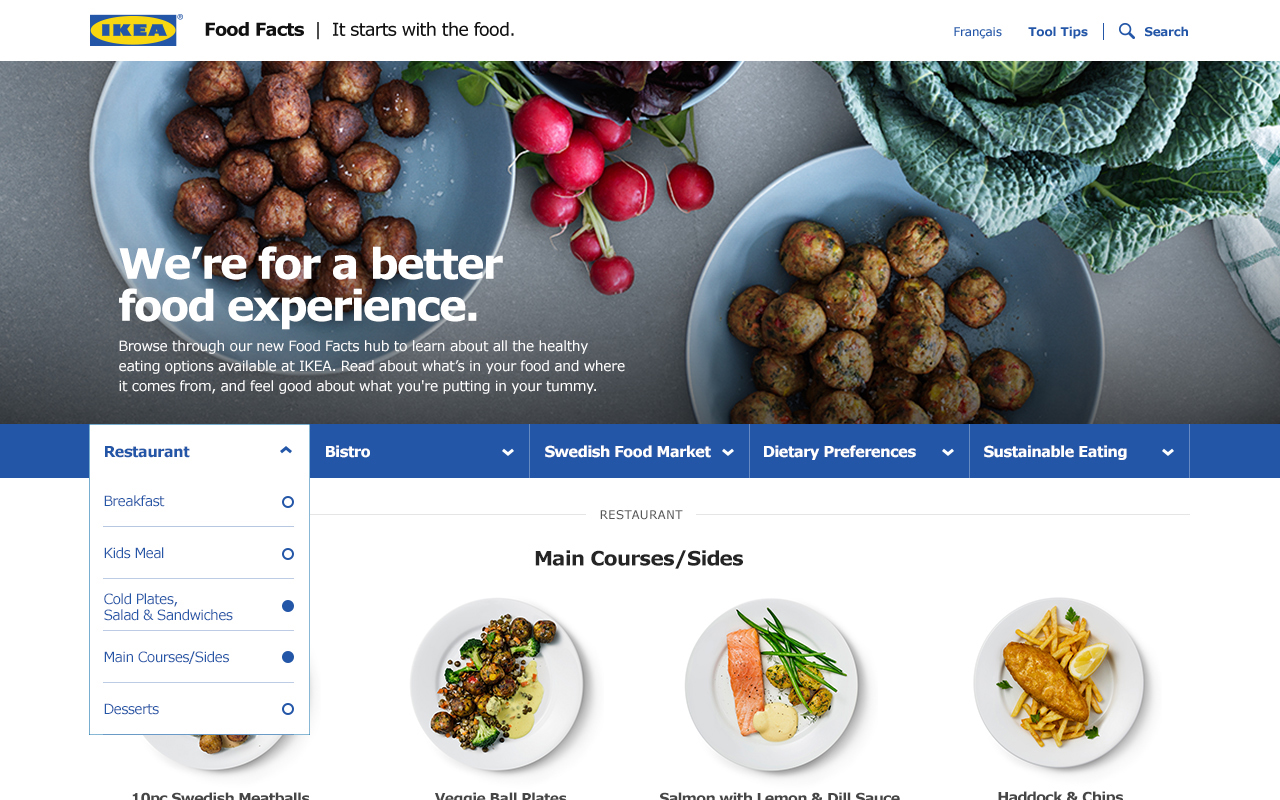

Nutrition Info, Right Where You Need It
Instead of navigating to new pages, users could click on a “Nutrition Details” CTA to reveal an expandable panel beneath each product. This made nutrition info instantly accessible without breaking flow — and allowed users to toggle between multiple data types within the same view.
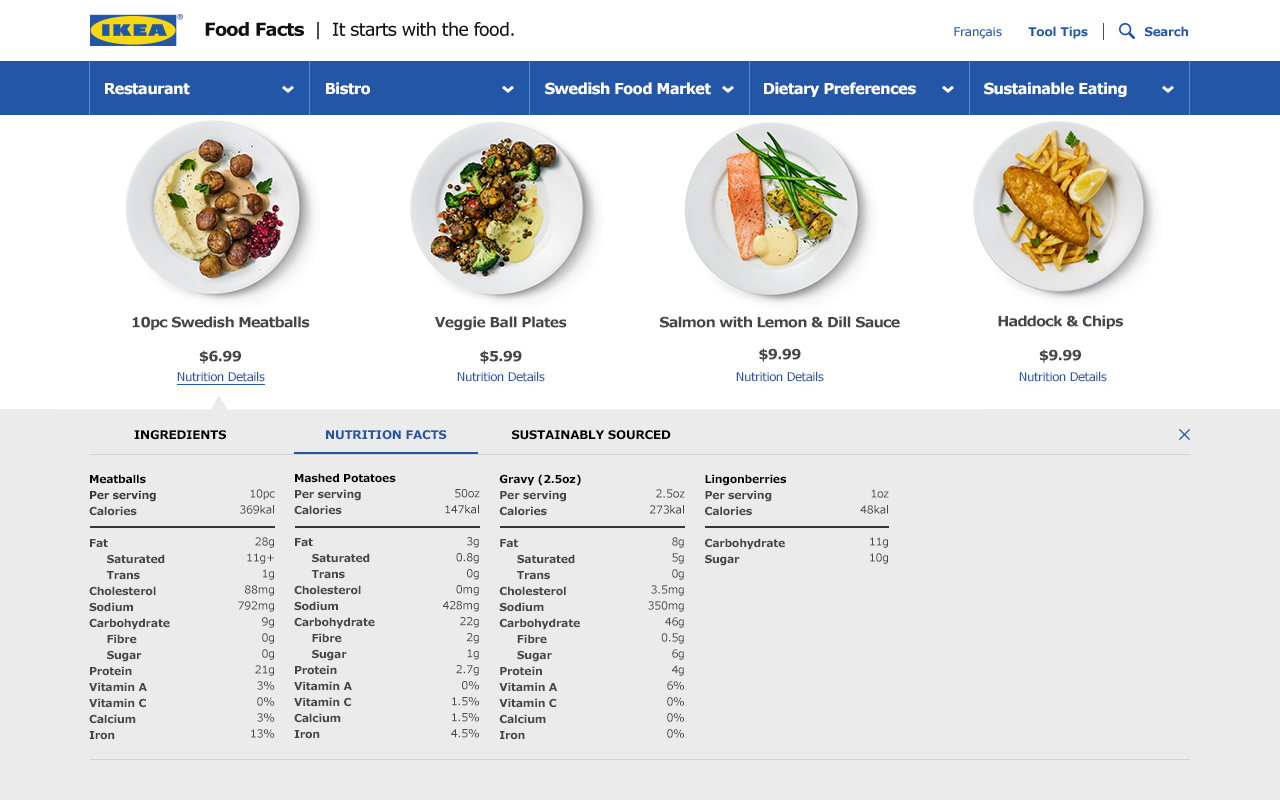
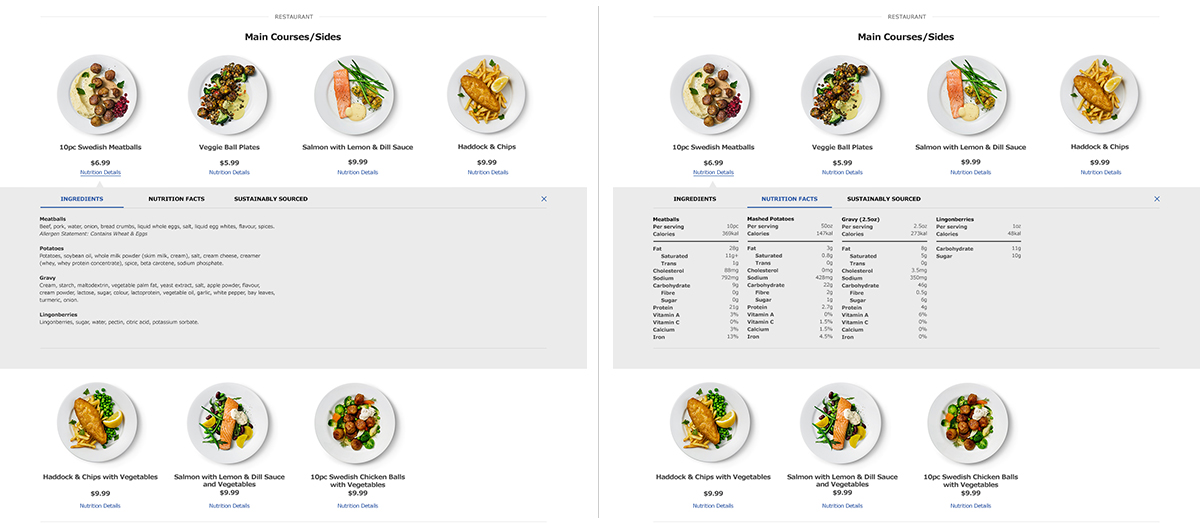

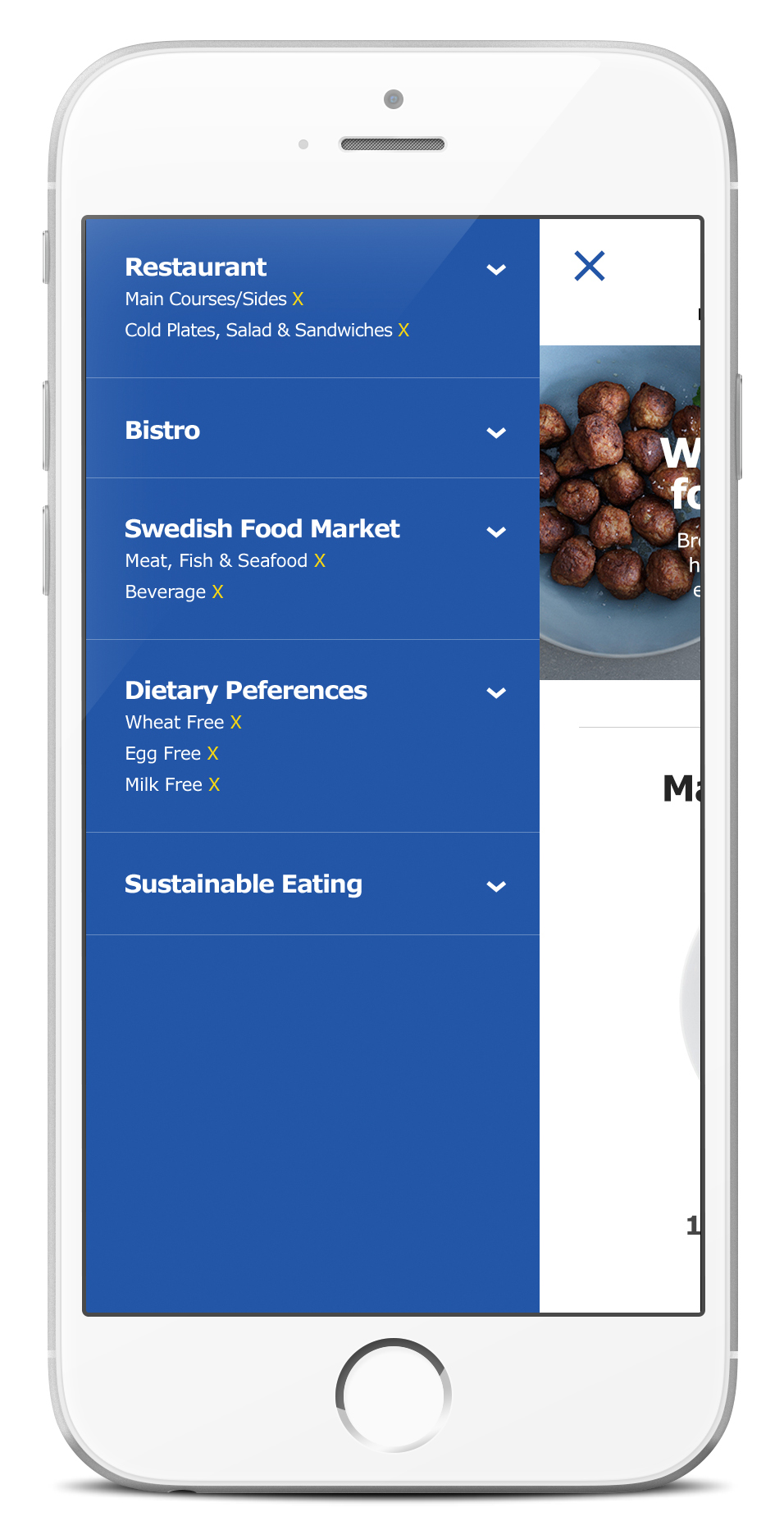

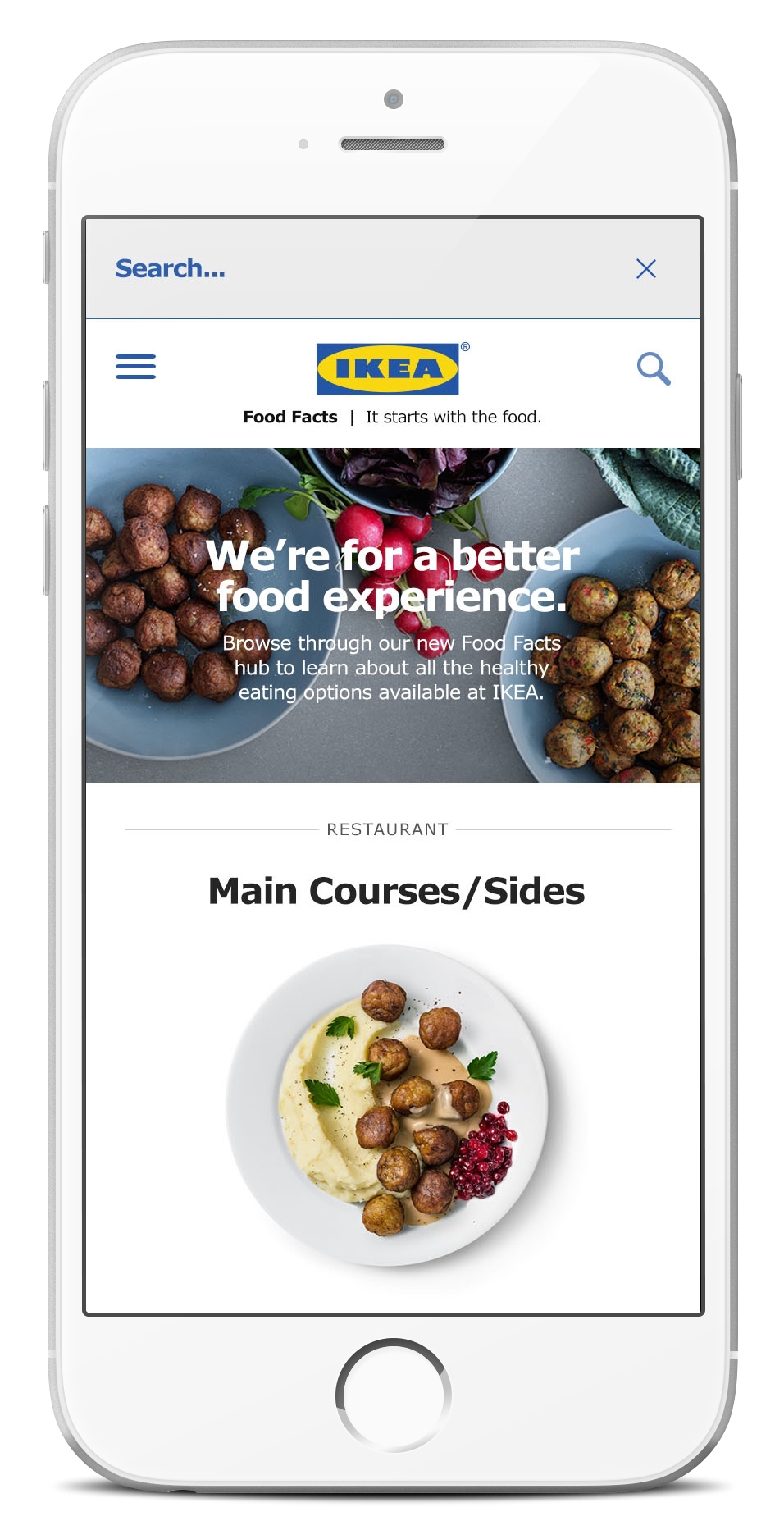
Built for Thumbs, Tablets, and Kiosks
With a large portion of usage expected on kiosks and mobile, responsiveness was a core design priority. The site was structured without sub-pages, so the main menu became the central tool for browsing and filtering content on small screens.
This approach kept the experience lightweight, fast, and easy to use — even in-store when users had limited time or attention.
Key Learnings
This project reminded us that clarity and accessibility are everything—especially when users need quick answers about what they eat.
While we didn’t measure click-through directly, seeing the design adapted across markets showed its scalability and practical value.
Above all, we learned that simple, well-structured information builds trust, and that thoughtful UX can quietly empower everyday decisions.
© 2025 Iris Wu. All rights reserved.